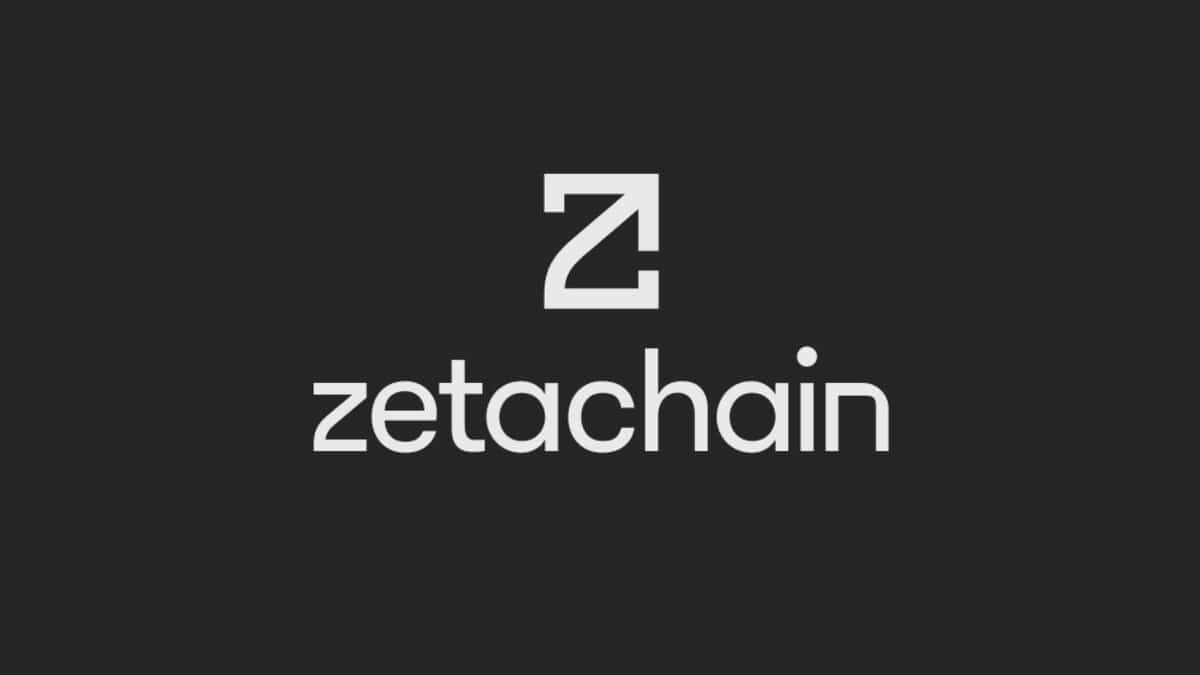Bitcoiners and Wobblies: Labor Day Edition


I’ve been reading about the foundations of the American labor movement recently. Specifically, the birth of the Industrial Workers of the World, or Wobblies, a nickname given to IWW members. At its peak in 1917, the IWW had over 150,000 members, with membership worldwide and considerable power and influence. While the IWW was theoretically a socialist organization, many of its core values were woven into the DNA of the American labor movement, and it was undoubtedly instrumental in the development of organized labor and a strong working class since the Industrial Revolution. The parallels between some of the origins and ideologies of the IWW and Bitcoin are significant, and rather than bore you with a deep history, I’ll just explain them in quotes.
All quotes are from the book “Wobblies: A Graphic History of The Industrial Workers of the World (Buhle/Schulman)”.
Origins and Genesis
“No one can say exactly where the inspiration for the IWW came from. There were too many origins, both in the United States and abroad…”
Likewise, the nickname Wobblies has no clear origin. Naturally, some of the myths surrounding Bitcoin arise, and while Bitcoin’s origins are clearly documented in whitepapers and email communications, the creator or creators of Bitcoin are shrouded in mystery. As Bitcoin gained popularity, its growth was decentralized and organic. Another similarity is that the IWW and the American labor movement, while drawing inspiration from the former, were pioneers in organizing labor along ethnic, gender, religious, and other demographic lines.
“After the Civil War, huge industries grew at a rate no one could have imagined, and previously unimaginable wealth was amassed by bankers, while millions of desperately poor workers were working for low wages or unemployed due to frequent recessions.”
From the financial crisis, to the post-COVID wealth accumulation of the billionaire class, to the current AI, robotics, and self-automation boom, this story is all too familiar. But recessions have been effectively outlawed, replaced by government intervention, and now put large systems like pensions and social security on par with government welfare and dependency.
Wobley and Bitooner
“Wobbly was just a normal human being, whether male or female, Asian or Western, black or brown, red or white.”
We feel the same way about Bitcoiners. We have all met some of the most inspiring people in our lives in this space. It is the character, grit, and determination that allows individuals to discover and understand Bitcoin, and it is also the character-building journey that Bitcoiners must take to fully understand Bitcoin and share it with the world, which many believe is the most talented and motivated community in the world.
“Their stories were collaborative and collective, not dependent on any one hero or heroine, no matter how heroic (or tragic) the lives of individual Wobblies.”
Kill the hero. Death to the ego. Bitcoin doesn’t need any of us.
Solidarity: A movement bigger than individuals
“The world of Wobblies has achieved its best moments through solidarity across boundaries of race, ethnicity, gender and nationality.”
The beauty of Bitcoin is that it doesn’t require trust between people who transact with each other. And by doing so, Bitcoin allows people to dismantle the head-to-toe analysis we perform on each other every day. This analysis instinctively points out our differences, which are rooted in paranoia and fear. The blind solidarity among Bitcoin users is the opposite of “trust, verify,” but there is a strong natural bond among Bitcoin users. I believe that the future of Bitcoin depends largely on deepening solidarity among those who support its origins, core values, and blind commitment to being honest, truthful, and untrustworthy as it faces its greatest test yet.
AFL vs. Knights of Labor
“The first mass movement for the eight-hour day, in 1885–86, emphasized the different roles of two kinds of labor movements. The American Federation of Labor, founded in 1883, sought to organize only skilled workers (almost entirely white men)… By contrast, the Knights of Labor, founded as a secret society in 1869, expanded its membership to include virtually all workers (except the Chinese), including African Americans and women.”
The membership of the AFL and its exclusive country club brand survived the ultimate downfall of the Knights of Labor and still exists today as the AFL-CIO. When you read about the different philosophies of the AFL and the Knights of Labor, you will find parallels within the Bitcoin community, and criticisms of Bitcoin Maxi are often heard. And Bitcoin v. Crypto is no different. I encourage you to draw your own conclusions. The parallels are loosely related in nature.
work out
“In industrial America, the working class was ready to take control of society and replace “politics” and “the state” with a government that would rule directly. As Marx had pointed out in the Paris Commune (and Lenin would repeat in the Soviet Union), the existing governmental apparatus could not be penetrated and taken over piecemeal. It had to be dismantled and replaced by a truly democratic and modern form of government.”
There are two camps of thought on Bitcoin. One is that the current financial system should completely collapse and be replaced by the Bitcoin standard, while the other is that Bitcoin can coexist with and even surpass the current financial system without the latter collapsing. In this parallel, money is not the same as government, but there is a huge amount of money in the existing financial system, which always causes interesting debate among Bitcoin users.
“In the case of the IWW… the familiar problem of the notoriously small socialist movement in America was solved in a new way. The ‘education’ of workers into socialism through newspapers, speeches, and election campaigns was too passive and not very successful. Workers had to educate themselves through their own actions and self-organization.”
There are some contrasting parallels here. I immediately think of the core values of Bitcoiners. That is, no one can walk this path for you. Proof of work cannot be bypassed or circumvented. No individual or group can deceive the quest for knowledge about Bitcoin and the system it is poised to replace. The Bitcoin journey for individuals and membership-based organizations often ends in loss or disappointment without continuous learning and education. Those who do the work find that their knowledge of money blossoms, and few or none turn back after gaining a deep understanding of Bitcoin.
At the same time, my mind goes to the oligarchy’s attempt at a negative media blitz on everything about Bitcoin for at least a decade. It slowed the train down, but it didn’t work. A while ago, I randomly asked people on the Third Street Promenade in Santa Monica to share their thoughts on Bitcoin. The response was overwhelmingly positive and based on accuracy. The effort to dissuade people from finding Bitcoin is at best delaying the inevitable, because nothing can stop an idea whose time has come.
conclusion
On Labor Day, I look at the deeply polarized two-party political system of today’s dominant world powers. And as I see unions allying with one party to create divisions within the class, I see the labor movement has strayed from its original foundations. The IWW has risen and fallen, but its peak is an unwavering movement, one that stands above all else for solidarity and commitment to workers. And therein lies the power. I see parallels in Bitcoin today.
Bitcoin’s core principles transcend our differences and are worth fighting for. The way we fight for these values at Proof of Workforce is through education-based adoption of Bitcoin by workers, unions, pension funds, and local governments. And in doing so, we are not sharing the asset Bitcoin or the network Bitcoin, but rather the origins of Bitcoin and its value so that it will not be lost to time.
Finally, Bitcoin is a natural evolution of the labor movement, and shares many similarities and parallels. But unlike the labor movement, workers can rely on Bitcoin without having to be loyal to a party, leader, or oligarchy. And in this sense, Bitcoin and its value system will be adopted by unions around the world. And in doing so, unions around the world can reorient themselves to the Genesis story, a story of solidarity above all else, a story of workers coming together to seize the very productive property that depends on their labor. While automation and AI are likely to phase out many workers from relevance, the unions that represent them are looking forward and claiming ownership of Bitcoin, the most accessible and promising productive property to them today.
This is a guest post by Dom Bei. The opinions expressed are entirely their own and do not necessarily reflect those of BTC Inc. or Bitcoin Magazine.

